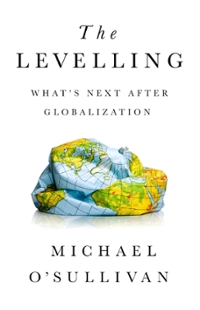Question
Acme Products is an ordinary monopolist in the anvil market. The demand for anvils can be represented by Q = 120 - P/4, where P
Acme Products is an ordinary monopolist in the anvil market. The demand for anvils can be represented by Q = 120 - P/4, where P is the price per anvil in dollars and Q is the quantity demanded (anvils/week). Acme faces increasing marginal costs for anvil production; its marginal cost of production can be represented by MC=2Q. (Acme has no fixed costs.) a. Graph this situation, and calculate Acme's profit-maximizing choices of price and quantity. Calculate (and identify on the graph) the dead-weight loss due to monopoly. b. Antitrust authorities decide to take action against the evil monopolist Acme by enacting a price ceiling of P=$160. What will be the resulting price and quantity in the anvil market? Does this antitrust action increase surplus in the anvil market? c. What if, instead of the price ceiling of part (b), the antitrust authorities allow Acme to institute a two-part tariff, a fixed charge for customers per week along with a per-unit price for each anvil purchased. (For this part, we might want to think of the demand curve as the individual demand for a representative consumer). What per unit price and fixed charge does Acme institute? How does this situation compare with the ordinary monopoly of part (a) and the price-controlled monopoly of part (b) in terms of efficiency and producer and consumer surplus? Please be specific.
Step by Step Solution
There are 3 Steps involved in it
Step: 1

Get Instant Access to Expert-Tailored Solutions
See step-by-step solutions with expert insights and AI powered tools for academic success
Step: 2

Step: 3

Ace Your Homework with AI
Get the answers you need in no time with our AI-driven, step-by-step assistance
Get Started


